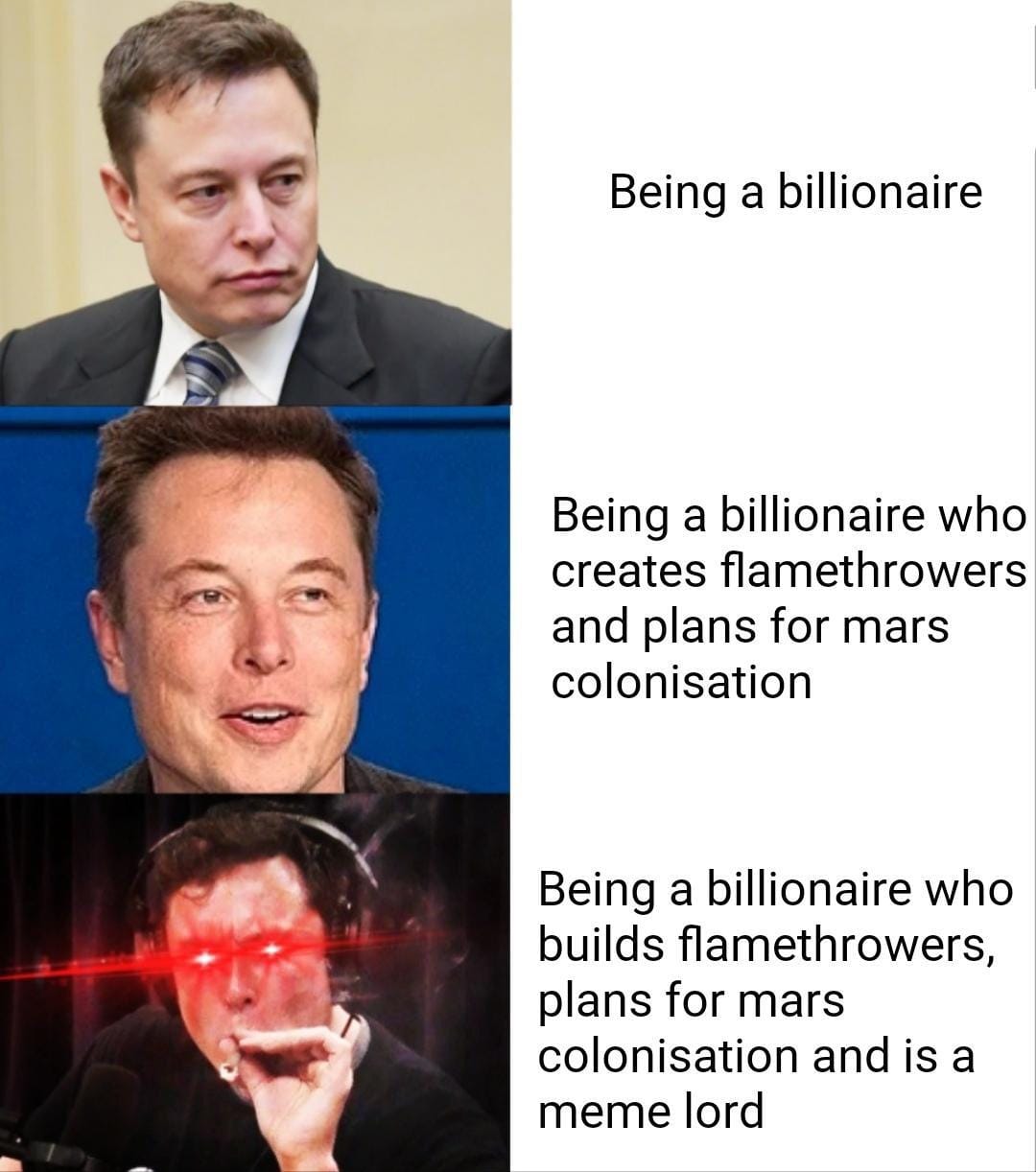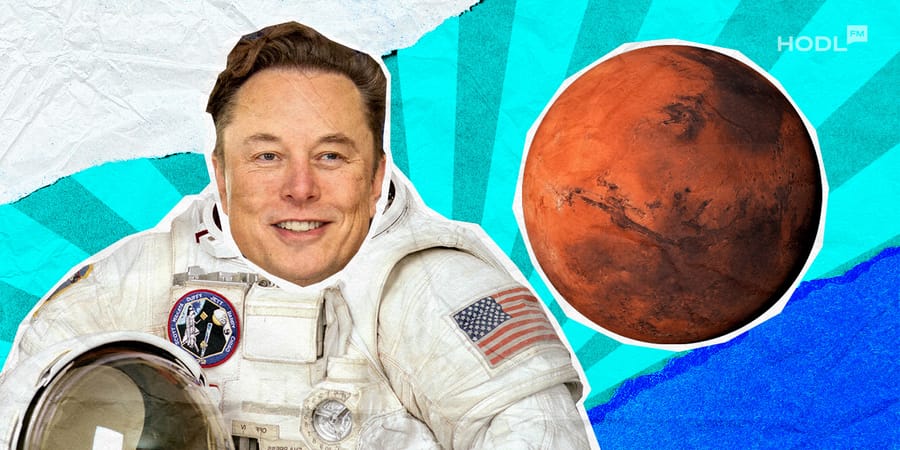Elon Musk is at it again—this time aiming to send Tesla’s Optimus robot to Mars by the end of 2026. Yes, you read that right. While space enthusiasts scratch their heads and veteran astronomers mutter about “practical challenges,” Musk’s SpaceX is feverishly preparing what might be the quirkiest road trip in our solar system.

Read also: Musk Wants to Deliver BTC on Mars
🚨 ELON MUSK: "We will plant the American flag on Mars and it's going to be Mars America!" pic.twitter.com/y6DIaAASGt
— DogeDesigner (@cb_doge) April 1, 2025
The Plan in a Nutshell
Musk’s grand vision involves launching an uncrewed mission aboard the massive, 403-foot Starship to the Red Planet. With NASA already eyeing Starship for its Artemis lunar program, one might wonder if Mars is just the next cosmic pit stop. The mission’s goal? To test landing reliability before humanity takes the red carpet—er, Mars—by 2029 or maybe 2031 if things go well. After all, we wouldn’t want another “Mars by 2024” debacle clogging up our history books.
This is Mars!
— Curiosity (@MAstronomers) April 9, 2025
140 million miles away from us! pic.twitter.com/WofcPJIQAD
The Robot Revolution on Mars
Enter Tesla’s Optimus robot—a humanoid marvel standing at 5 feet 8 inches and weighing 125 pounds. This little guy is designed to walk, handle objects, and even carry up to 45 pounds (not bad for a robot built for preliminary Martian chores!). Musk has even hinted that Optimus might eventually become as affordable as your mid-range laptop—if not cheaper over time. Imagine a world where your next coworker is a robot that costs no more than a fancy dinner!
A new video of Optimus pic.twitter.com/B1SRWnvi51
— Optimus_My_Destiny (@Optimus_Destiny) April 2, 2025
Launch Windows and Cosmic Hurdles
SpaceX plans to capitalize on the next Earth-Mars transfer window—roughly every 26 months—to perform as many as five launches. Each trip could span anywhere from 80 to 150 days, covering mind-boggling distances (34 to 250 million miles, or 54 to 401 million kilometers, depending on the stars’ alignment). But before we all pack our bags for Mars, the mission must tackle some serious obstacles:
• Starship’s reusability and reliable propulsive landing in Mars’ thin atmosphere—an engineering feat no spacecraft has yet mastered.
• The challenge of in-orbit refueling, with up to 20 tanker launches potentially needed before a full refill.
• Life-support testing and shielding from cosmic radiation, because a few extra gray hairs are not even worth the interplanetary adventure.
• Not to mention the astronomical price tag that could eventually approach trillions of dollars—a figure that might even make Musk wince (even if he is Earth’s richest dude).
Happy 23rd Anniversary to @SpaceX! Founded on March 14, 2002, and still pushing the limits of what’s possible, here’s to the next chapter of making life multi-planetary! pic.twitter.com/mzvrdEagAn
— Teslaconomics (@Teslaconomics) March 14, 2025
Expert Skepticism—and a Wink
Space experts have been more skeptical than a cat in a room full of rocking chairs. Derrick Pitts, former chief astronomer at the Franklin Institute, warned that “a long list of practical challenges” might push a realistic Mars timeline by at least 30 years. Meanwhile, University of Arizona professor Chris Impey casually tossed out “implausible” for the 2026 schedule, suggesting 2040 might be more believable. Former NASA scientist Peter Hague quipped on X that Musk’s plan is like expecting a Saturn V to fly weekly instead of quarterly—ambitious, but perhaps a bit too wishful.
So after @elonmusk laid out the plan for 5 Starships to Mars in 2026, I went to crunch the numbers. Happily I was already working on this, but now I’ve got a specific number to work with. So 🧵 time…
— Peter Hague (@peterrhague) September 23, 2024
Here are the three upcoming Mars windows. 2026, 2028/29 and 2031. pic.twitter.com/eVUzDsF79w
If It All Works Out…
Should the mission prove successful, Elon Musk’s SpaceX will have not only made history but also nudged humanity one giant leap closer to the proverbial red planet. But if it fumbles, well, it’ll join the illustrious hall of unfulfilled promises—right next to Mars 2024, Hyperloop dreams, and full self-driving cars. Either way, the show is worth watching, complete with rocket launches, robot runners, and a dash of Musk’s indefatigable optimism.
Complexity per unit mass is much higher with humanoid robots, but still I think it ends up costing less than half of a car
— Elon Musk (@elonmusk) March 26, 2024






